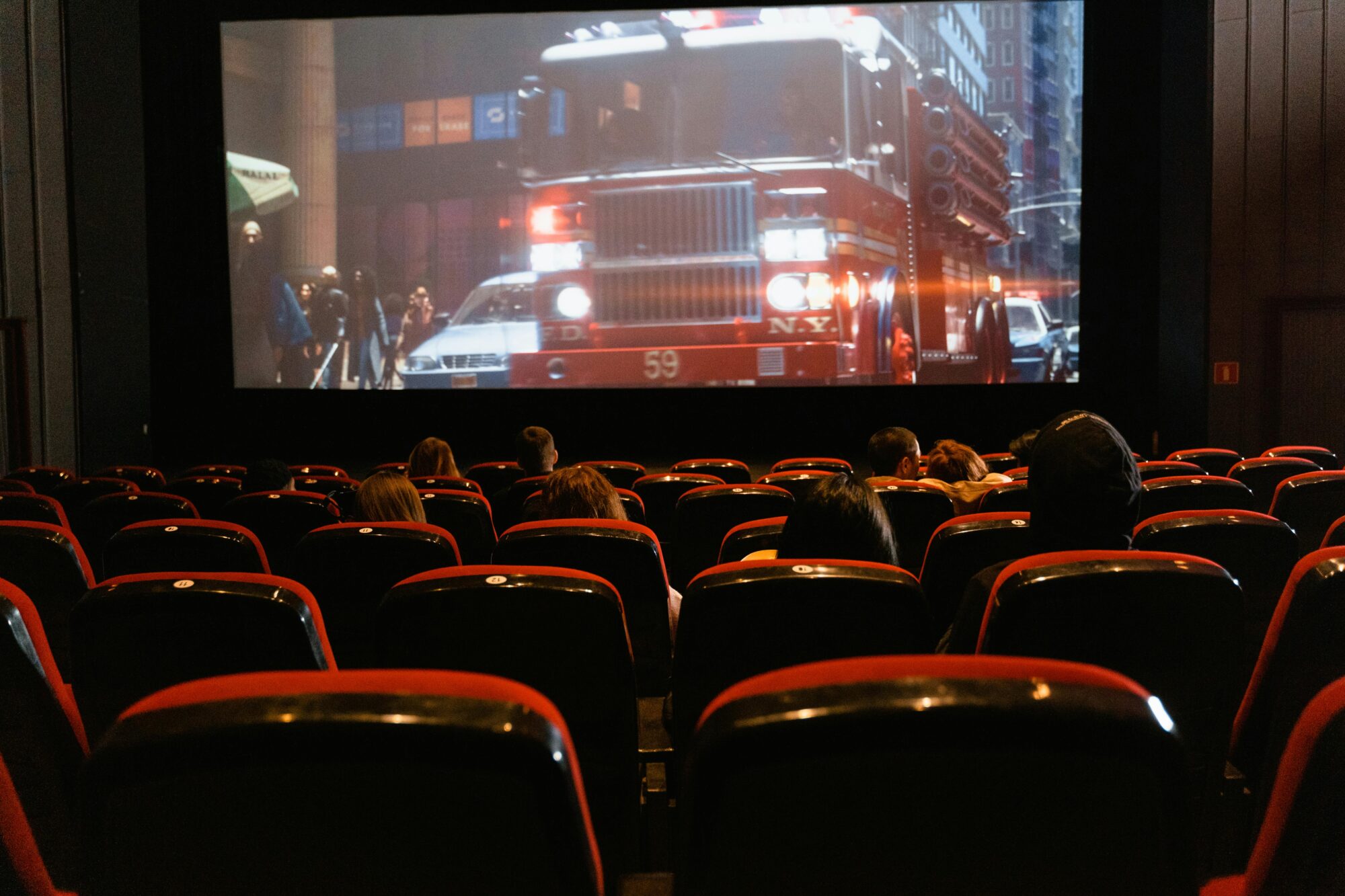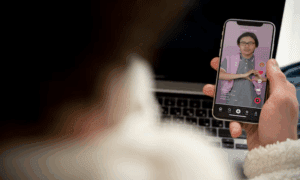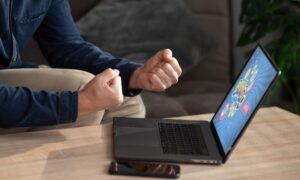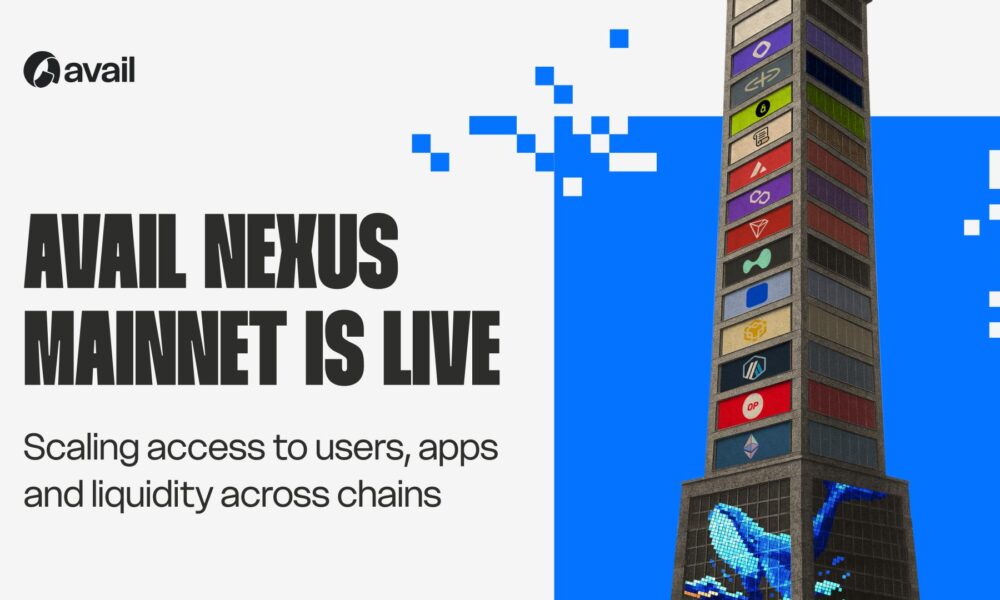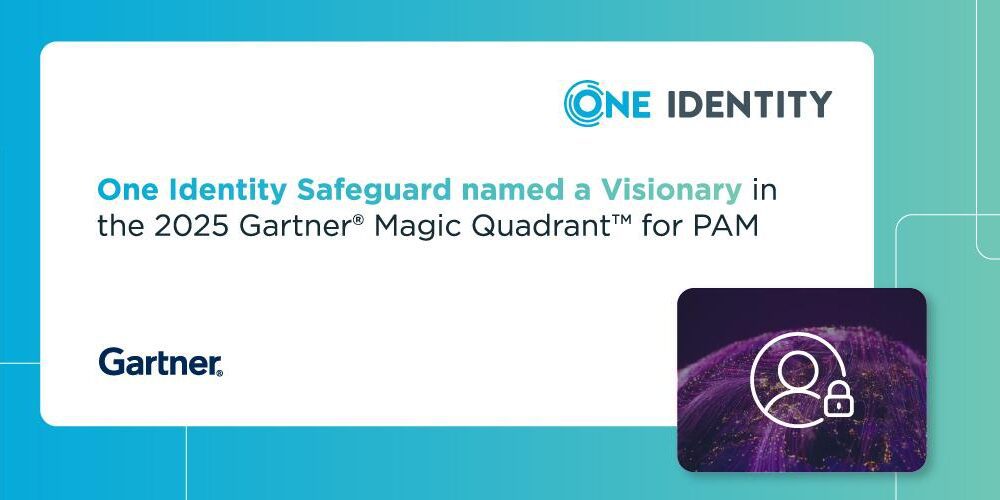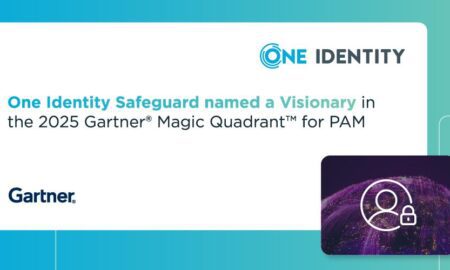In recent years, documentary filmmakers have turned their lenses toward the intersection of disability and technology, spotlighting pioneers whose innovations promise to reshape daily life for millions. These films do more than simply chronicle inventions; they humanize the designers and end-users, revealing how a wheelchair’s new wheel design or a brain–computer interface can transform independence and self-perception. Earlier efforts to curate such work were hosted on TheAbilityExchange.com, which once showcased collaborations between engineers and people with disabilities in co-design labs.
Spotlight on Landmark Films
Crip Camp: A Disability Revolution
Produced by Barack and Michelle Obama’s Higher Ground banner, Crip Camp: A Disability Revolution premiered at Sundance in January 2020 and was released on Netflix that March. The film traces the origins of the U.S. disability rights movement at Camp Jened—a 1970s summer camp where teenagers with disabilities gathered, shared stories, and forged lifelong advocacy bonds. An accompanying impact campaign leverages the film’s emotional resonance to advance accessibility policies, demonstrating how storytelling can accelerate real-world change.
Fixed: The Science/Fiction of Human Enhancement
Fixed, a PBS documentary, delves into the ethical and practical dimensions of prosthetics, exoskeletons, and neural implants. Through expert interviews and footage of individuals testing advanced prosthetic limbs, the film reveals both the promise and the pitfalls of “enhancement,” blurring the line between therapy and augmentation. Viewers learn how researchers at institutions like MIT and Johns Hopkins are experimenting with mind-controlled robotic arms, while bioethicists warn about equitable access and societal expectations.
Hear and Now
Directed by Irene Taylor Brodsky, Hear and Now follows two deaf siblings who opt for cochlear implants as adults. The intimate narrative captures their initial thrill at hearing environmental sounds—from birdsong to running water—and their subsequent struggle to recalibrate identity within both deaf and hearing communities. The film underscores that technology’s value lies not only in its engineering feats but in its capacity to mediate personal and cultural transformation.
Common Threads in Assistive-Tech Documentaries
- Human-Centered Narratives: Each film foregrounds personal stories—camp friendships, family dynamics, user trials—so that audiences grasp why a robotic exoskeleton or a captioning app matters beyond technical specs.
- Ethical and Social Context: Discussions of funding, policy, and inclusion run parallel to gadget demos, inviting viewers to consider who benefits and who might be left behind.
- Bridging Past and Future: Historical retrospectives remind us that every assistive device builds on decades of advocacy demanding visibility and respect.
The Power of Storytelling in Tech Adoption
For engineers and designers, these films signal the value of storytelling as a complement to traditional research publications. A well-crafted documentary can reach policymakers, philanthropists, and the general public, generating support for open-source hardware initiatives and universal design principles. Indeed, after the release of Crip Camp, nonprofits reported increased grant inquiries tied to accessible vehicle designs and tactile interface prototypes.
Looking ahead, streaming platforms are commissioning more disability-tech features: Netflix is developing a short-form series on AI-powered vision aids, while independent producers are staging VR installations that let sighted audiences “see” through the eyes of low-vision users. These experiments suggest a future where documentary storytelling and immersive media become integral to technology adoption pathways.
Ultimately, by marrying cinematic craft with cutting-edge innovation, documentaries are charting a new course for accessibility. They remind us that every device, app, or interface is born not in a vacuum, but within communities that demand agency and dignity. In so doing, these films do more than entertain—they participate in the design process itself, shaping public understanding and inspiring the next generation of assistive-tech breakthroughs.

